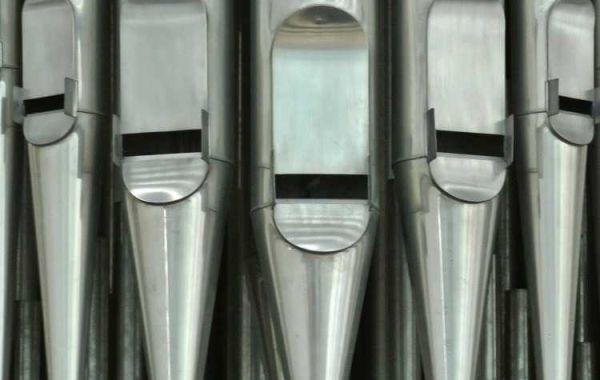To effectively address the challenges associated with CNC milling titanium, several strategies can be implemented:
Specialized Cutting Tools:
- Employ high-quality cutting tools designed specifically for machining titanium, such as carbide or ceramic inserts.
- Ensure that the tools have sufficient hardness, wear resistance, and heat resistance to withstand the demanding conditions.
- Consider using coated tools to improve tool life and surface finish.
Optimized Cutting Parameters:
- Carefully select cutting parameters like spindle speed, feed rate, and depth of cut to minimize heat generation and tool wear.
- Use lower cutting speeds and higher feed rates to reduce heat buildup and improve chip evacuation.
- Employ interrupted cutting techniques to manage heat generation and prevent work hardening.
Effective Cooling:
- Apply a high-pressure coolant to the cutting zone to dissipate heat and lubricate the cutting tool.
- Use a coolant with high heat transfer properties and good lubrication characteristics.
- Consider cryogenic cooling techniques to further reduce heat generation and improve tool life.
Proper Workholding:
- Use a rigid and stable workholding system to minimize workpiece vibration and deflection.
- Employ fixtures that can effectively clamp the workpiece without causing distortion or damage.
- Consider using vacuum chucks or magnetic fixtures to provide secure and reliable workholding.
Chip Evacuation:
- Design tool paths and cutting strategies to promote efficient chip evacuation.
- Use high-pressure coolant to flush chips away from the cutting zone.
- Employ chip breakers or chip splitters on the cutting tool to reduce chip length and improve evacuation.







